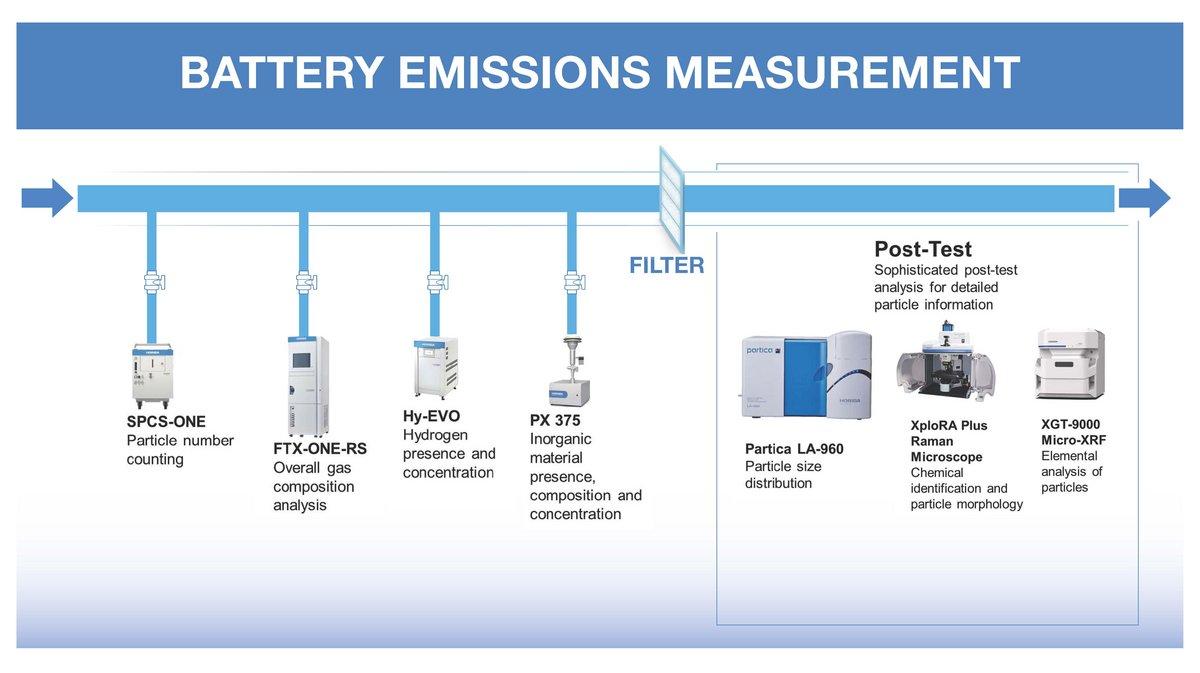
Lithium-ion (Li-ion) batteries have revolutionized the modern tech landscape, underpinning everything from smartphones to electric vehicles.
A key concern associated with these batteries is the phenomenon of thermal runaway—a self-sustained, exothermic reaction that can result in fire or even explosions.
During a thermal runaway event, the rapid breakdown of battery components generates heat and releases various hazardous gases. Measuring these emissions is not just critical for safety, but also for advancing battery designs and understanding their potential environmental and health impacts. Understanding the gases generated at each stage of thermal runaway can help with early prediction methodologies, environmental and human health considerations, and cell selection based around safe and environmentally friendly emissions.
We are a global leader in precision measurement and analysis solutions. With decades of emissions measurement experience, our suite of gas and particle measurement equipment includes Fourier Transform Infrared Spectroscopy (FTIR), Mass Spectroscopy (MS), and particle measurement. Together, they provide a comprehensive real-time quantification of battery emissions during a thermal runaway event. Combined with our IP around thermal runaway system design, we provide a solution for initiating and evaluating thermal runaway behavior, including emissions.
SPCS-ONE
Partica LA-960V2
XGT-9000
Do you have any questions or requests? Use this form to contact our specialists.

